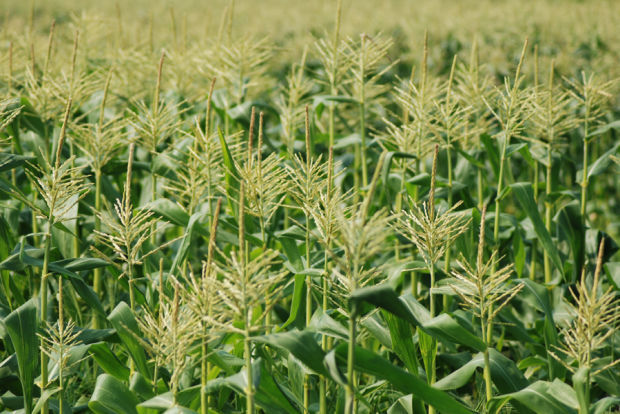LIHUE — The final report on pesticide use by agribusiness on Kauai is in the works. According to Peter Adler, with Accord3.0 Network, the joint fact-finding study group on Kauai’s pesticide use is compiling and considering public comments before they
LIHUE — The final report on pesticide use by agribusiness on Kauai is in the works.
According to Peter Adler, with Accord3.0 Network, the joint fact-finding study group on Kauai’s pesticide use is compiling and considering public comments before they finalize the report and release it to the public.
“We urge everyone to judge the JFF by its final product as opposed to second hand reports, rumor mill accusations, and Internet recriminations,” Adler wrote. “When it is issued, the final JFF report will rise or fall on its own merits regardless of how popular or unpopular it is with one or another constituency.”
He wrote that many commenters seem to divide the public in general and the JFF study group in particular into anti- or pro-GMO factions. On Kauai these groups are commonly known as “red shirts” and “blue shirts,” Adler wrote.
“This simple sloganeering does everyone a disservice and portrays only two possible views of agricultural pesticide practices and their possible effects on health and the environment,” he wrote.
“One extreme view is that pesticide use is out of control, Kauai is being drenched with poisons, and the biotech industry is a mortal threat to everyone’s health. The other extreme view is that everything is fine and there is absolutely no need for any additional pesticide monitoring or regulation,” Adler said. “We think both views are simplistic, false, and unsupportable. The JFF Study Group process is a way to get some facts on the table, dig deeper into the issues, dispel myths on both sides, and forge practical recommendations for future agricultural pesticide use and its regulation.”
Before the comment period ended April 10, the group held an informational meeting, attended by 250 people, in Lihue to gather final comments and explain the process.
Five days after the April 4 meeting, the study group convened and began analyzing more than 200 public comment submissions. Two members representing the seed companies on the island resigned from the group.
“Both members expressed frustrations with the process and objections to the recommendations they helped formulate in the draft report,” Adler said in an update statement sent to TGI April 16. “The remaining six members of the group remain committed to the work.”
In a personal comment from Adler and Keith Mattson, also with Accord3, the two consultants said that different opinions on the draft report caused some to “revert to their gross stereotypes and occasional character assassinations of the sort that occurred during the debates on County Bill 2491.”
The pair corrected a few general misconceptions they’ve been hearing around the island in their personal statement — for example, they pointed out the draft report doesn’t recommend specific buffer zones. It recommends the state develop a consistent buffer zone policy.
There also appears to be some confusion regarding the finding of no evidence of causality between current agricultural pesticide use and harms to Kauai’s environment, he said.
“Some view this as a rationale for doing nothing. Others would suggest the immediate cessation of pesticide applications by the seed companies,” Adler wrote. “The JFF’s draft recommendations don’t suggest either. There is clear evidence of pesticide drift, albeit in trace amounts. These detections indicate the need for additional monitoring since the studies so far have been limited. Without additional sampling no one can know the true extent of pesticide drift, which may in fact be less than or more than current data report.
The draft report also recommends a review and potential update of Hawaii’s pesticide laws and regulations.
“The goal of this entire effort has always been to see what factually can be agreed on and what logical recommendations ensue,” Adler wrote. “Most of the recommendations in the draft report address the need for better environmental sampling, improved health surveillance, improved incident response practices, and strengthened coordination between governmental departments. These are useful tools for ensuring the health of adjacent communities and protecting the biotech industry itself that we know is an important part of Hawaii’s agriculture.


